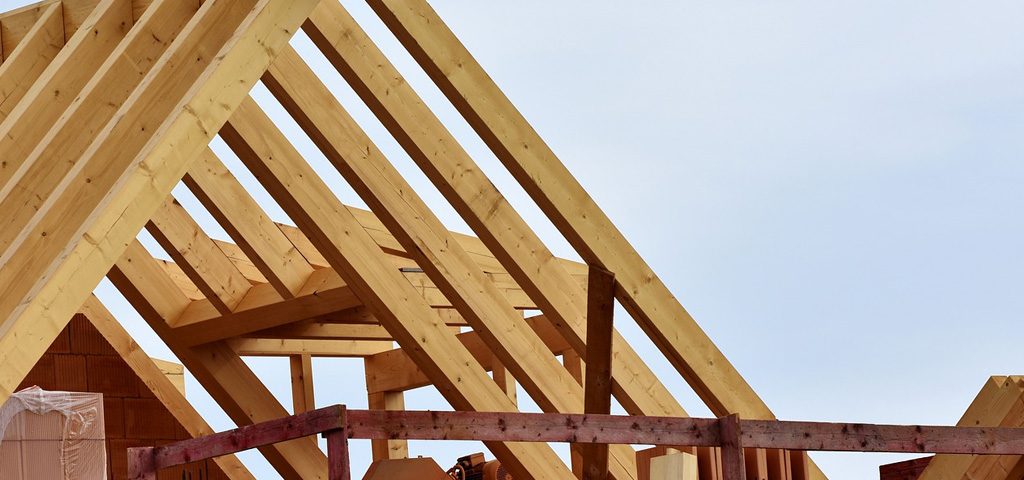Why choose wood as a construction material?

Tips for applying neuroarchitecture
March 22, 2019
What is architecture?
May 11, 2019Characteristics of wood, both aesthetically and structurally, can increase the value of a building and improve its durability. Well-designed spaces and wooden constructions become very desirable places, which can contribute to higher rents, greater value appreciation, and better utilization.
A demolished buildings survey proved that wooden buildings have the longest life on average, more than 75 years, surpassing cement or steel buildings. The service life had little to do with the durability of the material, only 3.5 percent of the demolished wooden buildings was due to structural problems or materials quality, and more related to land use, maintenance, and preferences of the user.
Why choose wood as a construction material?
- It offers flexible heat properties. Wood is an excellent insulator. By adapting the thickness of the wood, architects can mark the heat properties required by the local climate.
- It offers inherent humidity dampeners. With a suitable treatment for climate and with adequate ventilation, wood naturally dampens humidity without compromising the integrity of the building, and has excellent longevity and durability, even in humid climates.
- It offers excellent seismic resistance. For buildings in regions with seismic activity, wood is naturally flexible, and the types of connectors used in wood frames and other structural elements can provide a movement degree that would cause structural damage to more rigid materials.
- It offers useful acoustic properties. Designing a space for people means accommodating to their experience. Wood can be shaped to amplify and improve sound or mute it.
Wood plays a continuing role in small-scale construction throughout the United States, such as commercial and residential projects with light frames where a durable and economical structural option is required. Along with its aesthetic attributes, wood strength, acoustic, and heat qualities, and low environmental impact offer an economic advantage to projects of all sizes that seek to minimize their structural and environmental footprints.
Wood structures easily adapt to mechanical constructions. Ultimately, the flexibility and adaptability of the material mean that it can be molded, treated, and used in a variety of structural and aesthetic functions, making it a versatile choice for the design of high-rise buildings.
Wooden rooms have been linked to a decrease in blood pressure and a greater sense of comfort among the occupants. In health care and living environments for older adults, specifically, designers are adopting biophilic design, rediscovering the power of wood and other natural building materials to improve patient experiences and outcomes, as well as better staff performance.



